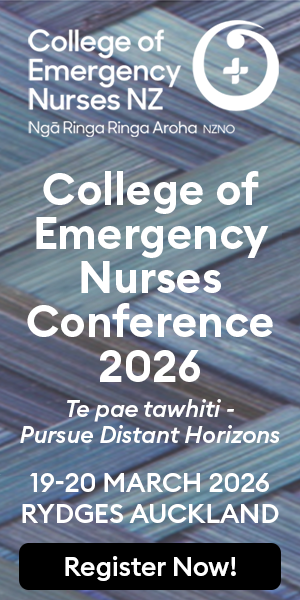With projected Omicron case numbers reaching into the tens of thousands including hundreds of hospitalisations, “it’s going to be really ugly”, she said.

“The number [Health Minister] Andrew Little has given, 1400 surge nurses, gives the impression there’s a huge workforce ready to help, but the reality among critical care nurses doesn’t feel quite that good.”
Training varied around the country, and many surge nurses had only done a four-hour online course to prepare them for critical care work, which was “kind of worrying”, Mitchell said.
It took three to five years to get the necessary skills to look after critically ill patients. “Patients who need proning, with severe respiratory failure, it takes years to get the knowledge and experience to look after a patient like that independently and manage their care.”
She described it as a “crisis model of care” and said the surge nurses would be useful but only in assisting qualified staff. Pulling those nurses out of their normal roles into ICUs would also put pressures on those areas, she said.
“So Andrew Little can say ‘we’ve got 1400 surge nurses trained ready to go’ – well, it’s going to be really ugly if we’re relying on those surge nurses, it’s going to be bad.”
Little said late last year 1400 surge nurses had been trained to step into ICUs if COVID-19 peaked.
Two years into the COVID-19 pandemic, Mitchell said it would have been “helpful” if the Government had invested in the nursing workforce earlier, particularly critical care nursing. “We’ve known about it and we know from watching the UK how vital the nursing workforce is . . . but for the New Zealand COVID response at the moment in critical care, nursing resources is the main limiting factor, the number one thing that will affect how many people we can look after.”
New Zealand was already short “at least” 90 full-time equivalent critical care nurses, with high levels of resignations particularly in smaller centres. “We’re struggling because we’re relying on nurses to do overtime to keep up with normal workload pressures – and that’s without COVID.”
If Omicron took out 25-40 per cent of the workforce, as predicted, she said it would be “frightening”.
“If it gets bad for intensive care and we don’t have enough beds for the patient, that means it’s terrible for the wards and the community. By the time it gets bad for us, it’s terrible for everyone else.”
‘By the time it gets bad for us, it’s terrible for everyone else.’
The college was working with the Ministry of Health on a campaign to woo New Zealand nurses back home from overseas.
Little has also said the country’s 289 intensive care/high dependency unit beds could be increased to 500 in a surge. However, this has been challenged by intensive care specialists who say the reality is that available beds would only total 356 in a surge.
College of Emergency Nurses chair Sue Stebbeings said Omicron would put more pressure on “overloaded, understaffed” emergency departments and likely to impact hard on children and other vulnerable people.
“Many of us are very uncertain how we will manage this situation but will be doing our best and sharing our best processes and strategies.”



